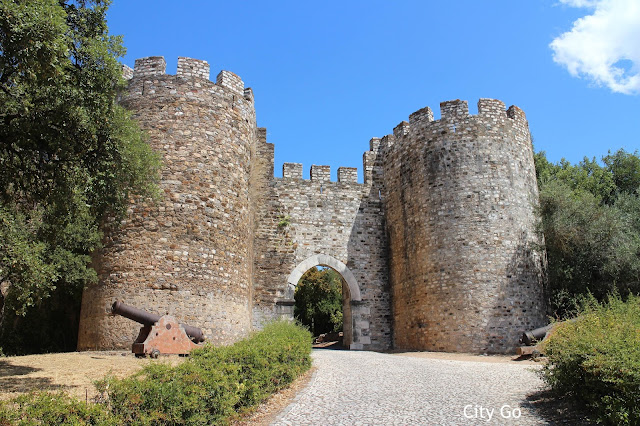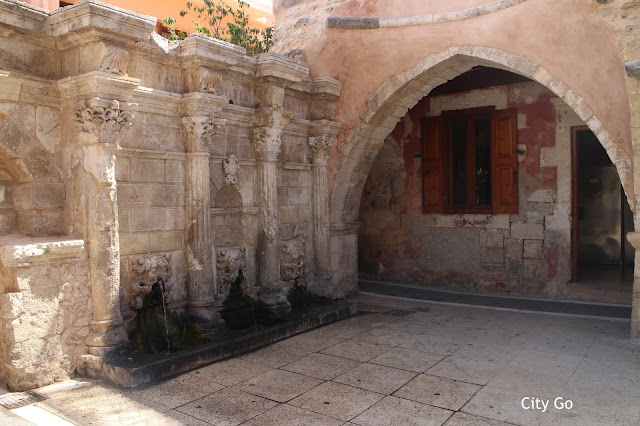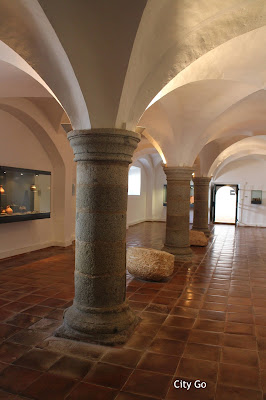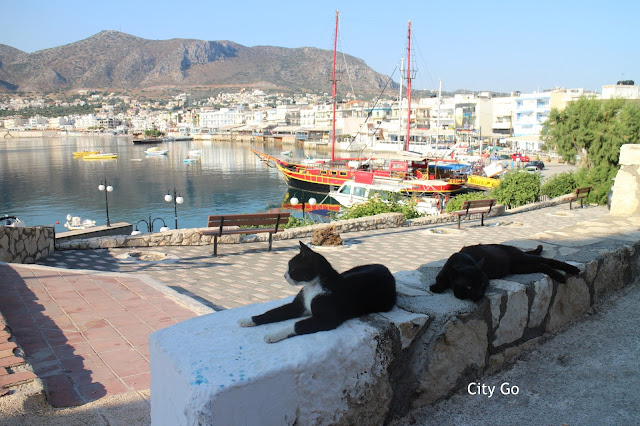Plaza Mayor, Trujillo, Spain

The Plaza Mayor in Trujillo is dominated by the 6.5-ton statue of Francisco Pizarro, erected in 1925. The town of Trujillo grew by the castle and within the defensive walls. The place where the main square stands was originally out of the walls and uninhabited. In the 14th century the first houses started being built and in the 16th century, the site was turned into a Plaza surrounded by Renaissance buildings. Trujillo was the hometown of the "conquistadores" Francisco Pizarro, Francisco de Orellana and Hernando de Alarcon, who after returning from the Americas built magnificent palaces close to the Plaza Mayor as a demonstration of wealth and power. In the Plaza there are a number of cafes and restaurants where you can rest and enjoy a drink or a meal.









